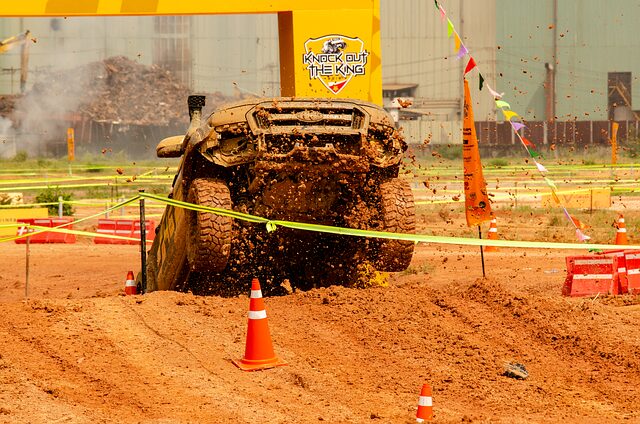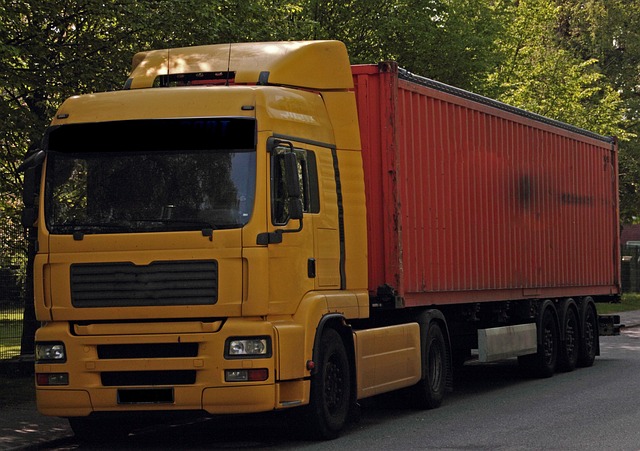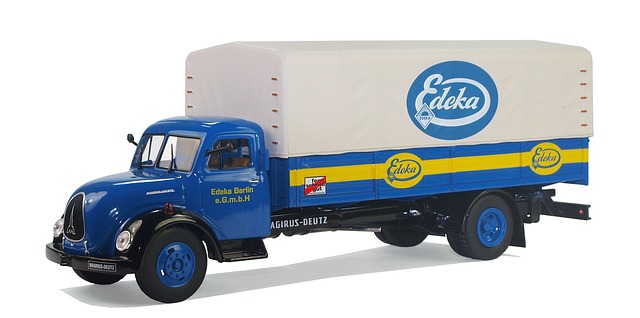If your truck battery dies, it's crucial to know how to safely and effectively jump-start it using another vehicle's battery. Ensure you understand the basics of your truck's electrical system, including the types of batteries used—most trucks have either a 12-volt lead-acid or AGM battery—and perform routine maintenance like cleaning and tightening terminals to ensure optimal performance. When jump-starting, position both vehicles on a flat, dry surface away from flammable materials, with all electronic devices turned off to prevent shorts. Connect the red clamp of the jumper cables to the dead battery's positive terminal and the donor vehicle's positive terminal, then attach the black clamp to the donor battery's negative terminal and a suitable unpainted metal surface on your truck. Never connect the black clamp directly to the batteries or each other. Once the donor vehicle's engine is running, try starting your truck; if it doesn't start, there might be an issue with the battery or charging system that requires professional attention. After a successful jump-start, always disconnect the cables in reverse order, starting with the black clamp, to prevent any hazards. Regular maintenance and understanding the correct procedures can help you avoid being stranded due to a flat truck battery.
When faced with a dead truck battery, knowing how to promptly and safely jump-start it is indispensable. This article demystifies the process of rejuvenating your vehicle’s power source, ensuring you can resume your journey without delay. We’ll guide you through understanding your truck’s battery system, preparing for a jump-start with proper safety measures, and detailing the correct use of jumper cables. From selecting the ideal donor vehicle to monitoring your truck’s charge post-jump, this comprehensive guide will enhance your truck battery’s longevity and reliability.
- Understanding Your Truck's Battery System
- Preparing to Jump-Start: Safety First
- Gathering the Necessary Tools and Equipment
- Locating and Connecting the Jumper Cables Correctly
- Starting the Donor Vehicle and the Truck
- Monitoring the Battery Charge and Reconnection
- Post-Jumpstart Procedures: Maintaining Your Truck's Battery Health
Understanding Your Truck's Battery System

When encountering a dead battery in your truck, it’s crucial to have a grasp of the system you’re dealing with to ensure safe and effective jump-starting. Your truck’s battery serves as the power source for all electrical components, from the headlights to the ignition system. It stores energy in chemical form and releases it as electric current when needed. Understanding your truck’s battery type is essential; most modern trucks use a 12-volt lead-acid or absorbed glass mat (AGM) battery. These batteries require proper maintenance, including regular cleaning of the terminals and ensuring they are securely fastened to prevent any loose connections that could interfere with the flow of electricity.
Before attempting to jump-start your truck, familiarize yourself with the battery’s location and the terminals involved. Typically, you’ll find the battery under the hood, often secured in a plastic or metal box for protection. The positive terminal is usually marked with a red cap, and the negative with black. It’s important to connect the jumper cables correctly: red clamp to the positive terminal, black clamp to the negative terminal, and the ground clamp to an unpainted metal surface away from fuel lines or batteries. Understanding your truck’s battery system also involves knowing the correct type of charger for your specific battery chemistry; AGM batteries, for example, have different charging requirements than traditional lead-acid batteries. Always refer to your truck’s owner’s manual or the battery manufacturer’s guidelines for proper care and jump-starting procedures to maintain the health and longevity of your truck battery.
Preparing to Jump-Start: Safety First
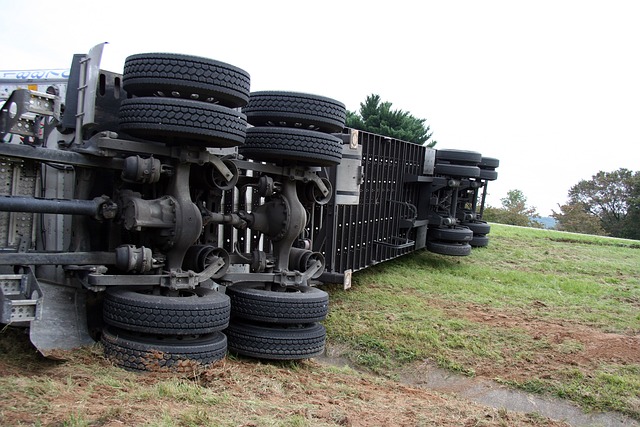
Before attempting to jump-start your truck’s battery, it’s crucial to prioritize safety. Always ensure that both your vehicle and the jumper cables are parked on a flat, dry surface away from flammable materials to minimize any risks. Begin by turning off all electronic devices in your truck to prevent potential short circuits, which could cause sparks or electrical surges. Additionally, make sure the engines of both vehicles are off, and their respective parking brakes are engaged to avoid unintended movement during the process. It’s also important to don a pair of insulated gloves to protect your hands from electrical shocks when handling the cables and battery terminals.
Once you’re set up safely, connect the red (positive) clamp of the jumper cables to the positive terminal of the dead battery in your truck. The other end of this same clamp should then be attached to the positive terminal of the donor vehicle’s battery. Subsequently, link the black (negative) clamp to an unpainted metal surface away from both batteries and engine components, ensuring it’s not on the trucks themselves to prevent a short circuit. After these connections are securely made, you can start the donor vehicle’s engine and allow it to run for a few minutes to charge the truck’s battery. Finally, attempt to start your truck’s engine; if it cranks over but doesn’t start, or if the battery is still unresponsive, reconsider attempting another jump-start. It may be wise to call a professional to diagnose and resolve any deeper issues with the battery or charging system. Remember to disconnect the cables in reverse order, from the metal grounding clamp back to the batteries, once your truck’s engine is running successfully.
Gathering the Necessary Tools and Equipment
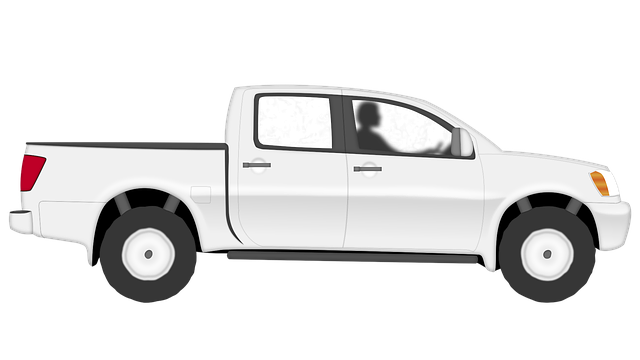
Locating and Connecting the Jumper Cables Correctly
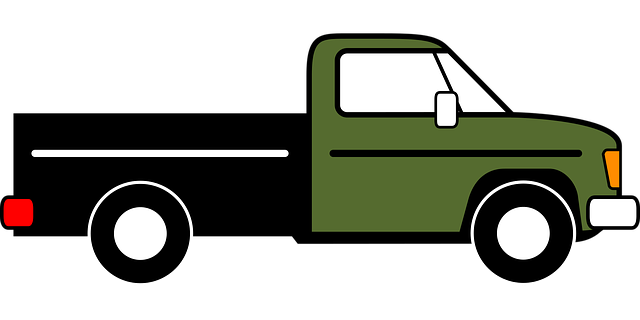
When your truck battery fails to start your vehicle, understanding how to properly jump-start it can save you from being stranded. To begin, locate a donor vehicle with a functioning battery and ensure both vehicles are parked in a safe, level area, with the disabled truck parked close enough for the jumper cables to reach without stretching. Safety precautions are paramount; always keep the batteries’ positive terminals away from metal objects to prevent shorts, and never allow the clamps to touch or cross each other.
Retrieve your set of jumper cables, which should be in good condition without any frayed wires or corroded clamps. Connect the red (positive) cable first, clamping it onto the positive terminal of the dead battery. Next, attach the other end of this same red cable to the positive terminal on the donor vehicle’s battery. This establishes a clear path for electrical current to flow from the live battery to the dead one. Subsequently, link the black (negative) cable to the negative terminal of the good battery on the donor vehicle, ensuring the clamp is secure but not resting on the battery itself to avoid any potential electrical shorts. Finally, clip the remaining black cable to an unpainted, metallic, and grounded part on the disabled truck, away from the battery. With everything correctly connected, you’re ready to attempt the start-up procedure, ensuring that the vehicles remain stationary throughout this process to prevent any risk of electrical arcing or fire.
Starting the Donor Vehicle and the Truck
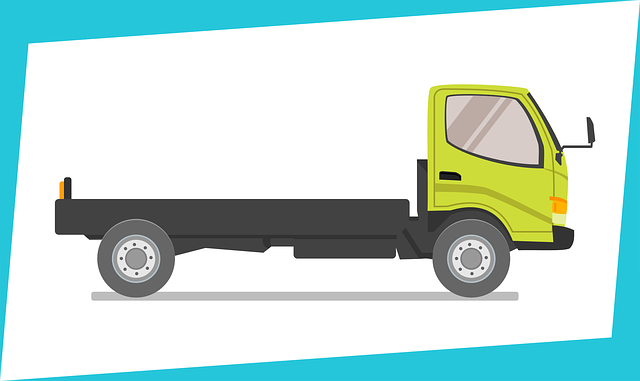
When your truck’s battery is depleted, and you need a quick fix to get back on the road, knowing how to properly jump-start your truck is essential. To begin, ensure that both vehicles are parked in a safe location, away from flammable substances and with the transmissions in neutral or park, and the engines off. Firstly, start with the donor vehicle. Connect the positive clamp of the jumper cables to the positive terminal of the donor vehicle’s battery. Next, attach the other end of this same red clamp to the positive terminal on your truck’s battery. It’s crucial to make firm connections to ensure a secure electrical circuit. Afterward, connect the black clamp, which is typically the negative one, to an unpainted metal surface on the donor vehicle that is not near the battery. This step grounds the donor vehicle and completes the circuit without risking a short-circuit in its electrical system. Finally, attach the last clamp, the black one, to a solid, unpainted metal surface on your truck that is also away from the battery. Now that everything is connected correctly, attempt to start the donor vehicle’s engine. Once it’s running smoothly, you can try starting your truck. If the truck doesn’t start right away, allow the engines to run for a few minutes to charge the truck’s battery before attempting another start. Remember to disconnect the cables in reverse order, first from the truck, then from the donor vehicle, ensuring the donor vehicle remains running long enough to avoid draining its own battery. After the trucks are properly jump-started and running, you can safely remove the cables without risk of electric shock. Properly maintaining your truck’s battery and performing regular checks will reduce the likelihood of needing a jump-start in the future, but knowing these steps is crucial for when such an emergency arises.
Monitoring the Battery Charge and Reconnection

When your truck’s battery is depleted, jump-starting it requires careful attention to properly restore its charge. After connecting the jumper cables correctly from a donor vehicle, it’s crucial to monitor the battery charge closely. The charging process should be observed for signs of proper functioning; this includes ensuring the engine runs smoothly and steadily without any stalling or surging, which could indicate an incomplete connection or a weak battery. It’s essential to keep the engines running in both vehicles during this time to maintain the flow of charge. Once the battery reaches a sufficient charge level, you can begin the reconnection process. This involves safely removing the jumper cables in reverse order from how they were connected—first the negative (-), then the positive (+) terminals—to avoid any electrical shorts or surges that could damage the truck’s electrical system or the battery itself. During this process, continue to monitor the battery charge to ensure it holds the energy required for your truck to start on its own. After disconnecting the cables, allow the truck to run for a while with the headlights on to further charge the battery and to test its capacity to hold a charge without external assistance. If the battery fails to maintain its charge, it may need professional attention or replacement. Regular monitoring and proper maintenance can prevent future instances of a depleted battery, ensuring your truck’s reliability on the road.
Post-Jumpstart Procedures: Maintaining Your Truck's Battery Health

After successfully jump-starting your truck’s battery, it is crucial to perform a few key steps to ensure the longevity and proper functioning of your vehicle’s electrical system. Firstly, allow the engine to run for at least 15 to 20 minutes. This provides adequate time for the alternator to fully recharge the battery. During this period, avoid revving the engine excessively or overloading the electrical systems, as this can strain the newly charged battery and potentially lead to a rapid discharge.
Once the engine has been running for an appropriate amount of time, it is advisory to check the charge level of your truck’s battery with a multimeter. This step helps verify if the battery has indeed regained sufficient power. If the charge is below 12.4 volts, the battery may not be fully charged, and you might need to attempt another jump-start or inspect the charging system for issues. After confirming that the battery is fully recharged, it’s a good practice to disconnect the jumper cables carefully, ensuring they are detached from both the truck and the donor vehicle in the reverse order they were connected.
Lastly, regularly maintaining your truck’s battery by keeping it clean, topping off the water level if it’s a traditional lead-acid battery, and inspecting it for corrosion or loose connections will help maintain its health. Additionally, consider having a professional perform a full battery test annually to assess its capacity and identify any potential issues before they become problems on the road. By following these procedures and maintaining your truck’s battery properly, you can extend its life and reduce the likelihood of encountering a dead battery in the future.
When encountering a dead truck battery, prompt action is key to get back on the road. This article has outlined a comprehensive guide on how to properly jump-start your truck battery, emphasizing safety and precision in every step. From understanding your truck’s battery system to effectively connecting the jumper cables, each section provides clear instructions tailored for truck owners. Remember to follow the post-jumpstart procedures to maintain your truck’s battery health and prevent future occurrences of a depleted battery. Regular maintenance and understanding the nuances of your vehicle’s electrical system will ensure your truck remains reliable under any condition. Always refer to the manufacturer’s guidelines and consider professional assistance when in doubt, ensuring both safety and optimal performance for your truck battery.
